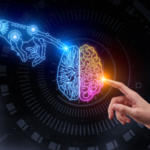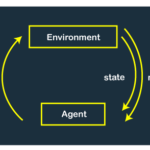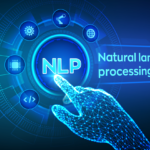Chinese AI chipmaker Horizon endeavours to raise $700M to rival NVIDIA
Horizon Robotics Seeks $700 Million in Funding to Propel China’s AI Chip Ambitions
Horizon Robotics, a leading AI chipmaker, is currently in the process of raising $700 million in a new funding round. Founded by Dr. Kai Yu, a prominent figure in the industry, Horizon is often regarded as a potential equivalent of NVIDIA in China. Dr. Yu brings an impressive background, having led Baidu’s AI Research lab, founded the Baidu Institute of Deep Learning, and initiated the company’s autonomous driving business unit.
With Horizon Robotics, China aims to bridge the gap between its semiconductor capabilities and those of Western counterparts, particularly as US sanctions have made it increasingly challenging for Chinese firms to access American semiconductors. As a result, homegrown Chinese companies are emerging and gaining investor attention.
Horizon Robotics, despite being just five years old, specializes in the production of AI chips for robots and autonomous vehicles. The company has already attracted significant funding, having successfully completed a $600 million funding round two years ago, valuing the company at $3 billion. In the current funding round, Horizon has secured $150 million thus far.
Although it is expected that the incoming Biden administration in the US will adopt a less strict approach to trade with China, Beijing is determined to foster the development of homegrown alternatives that can match or surpass Western counterparts. This push is exemplified by Chinese tech giants like Huawei, which are investing substantial resources in chip manufacturing capabilities to ensure the country has the necessary technology to power groundbreaking advancements such as self-driving cars.
Horizon Robotics’ pursuit of significant funding underscores China’s commitment to establishing itself as a global leader in AI chip technology. The capital raised will enable Horizon to further advance its research and development efforts, solidify its position in the market, and contribute to China’s ongoing drive for technological self-sufficiency.


































